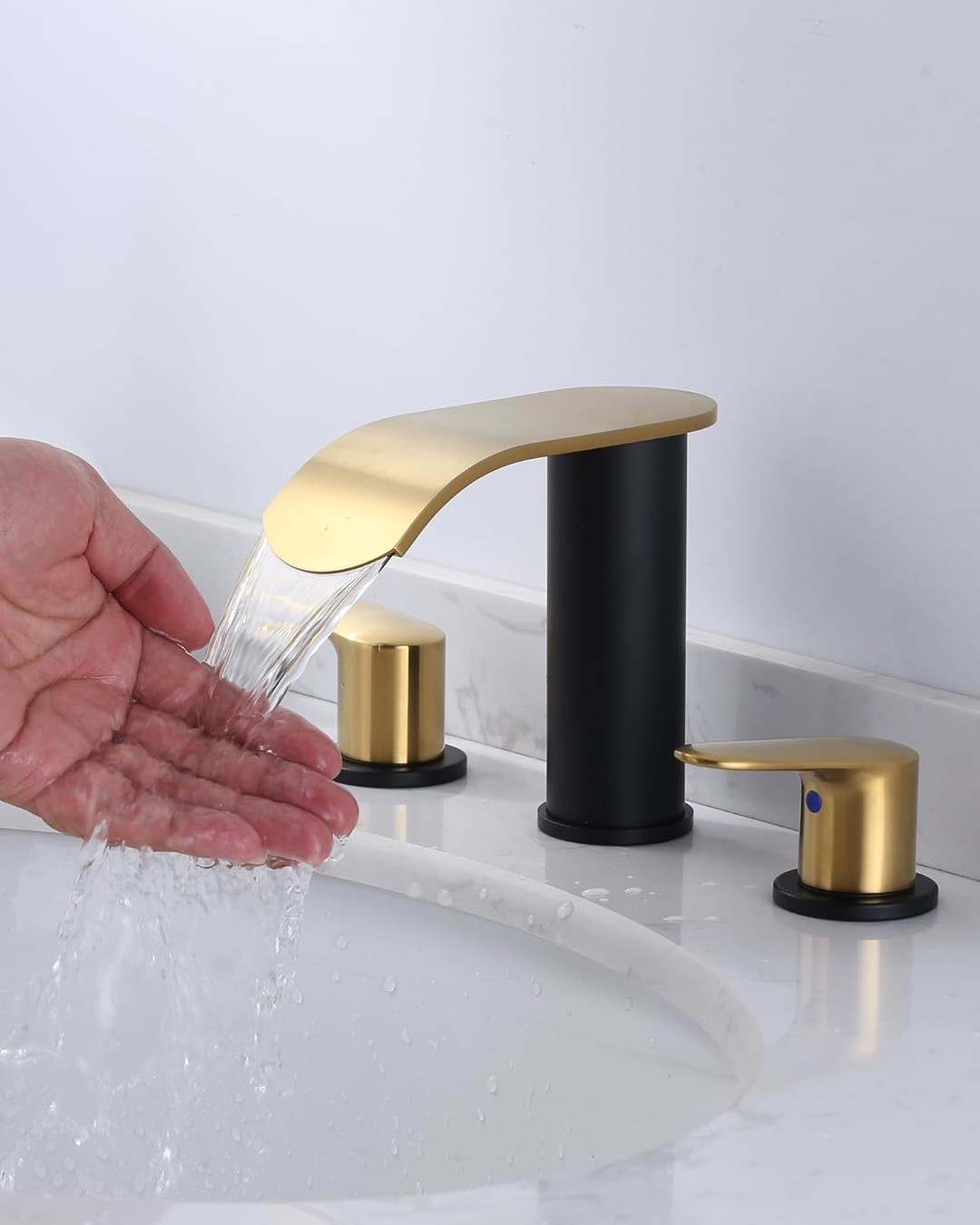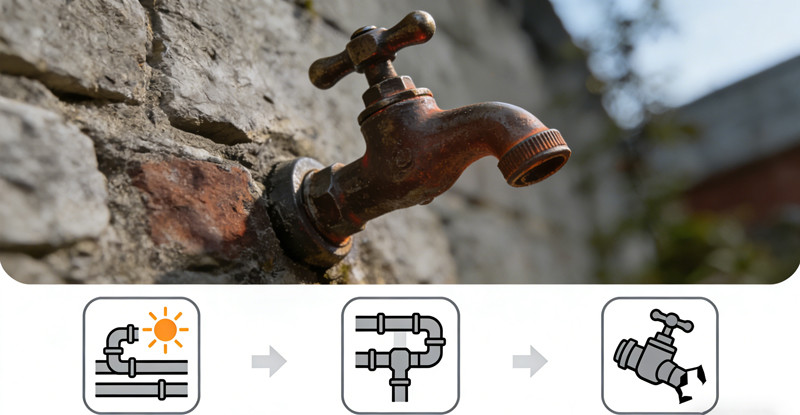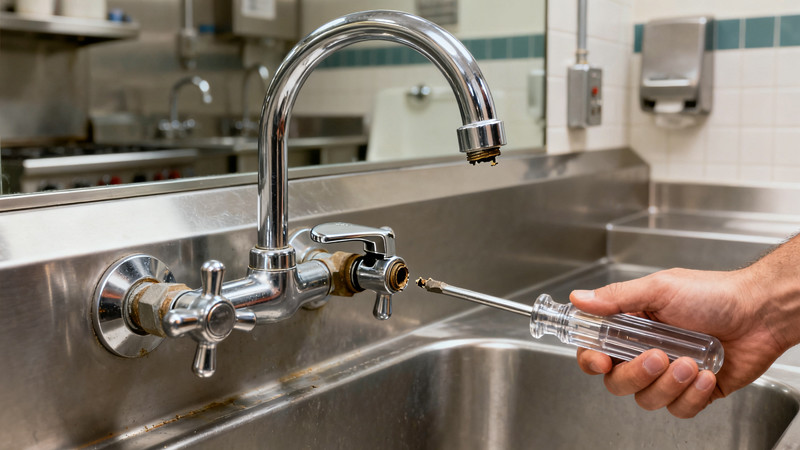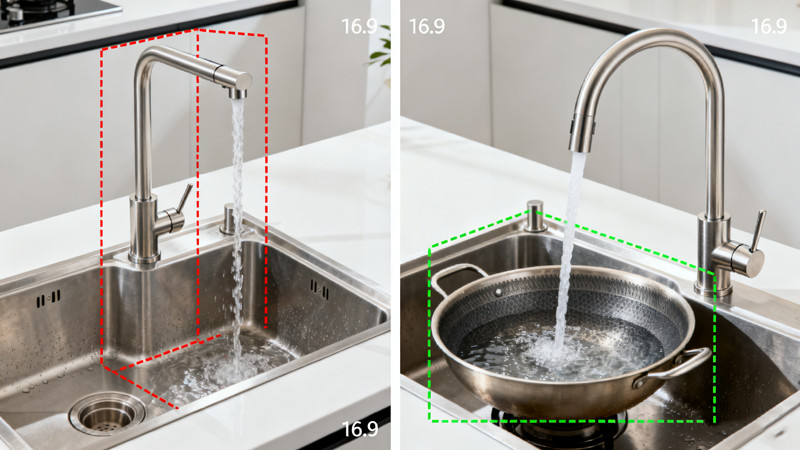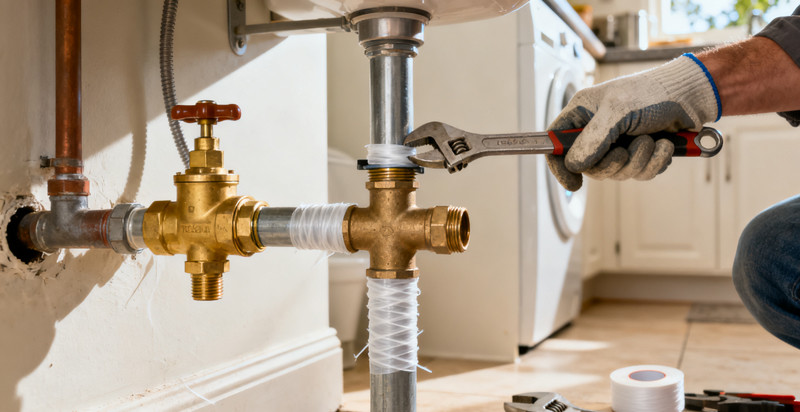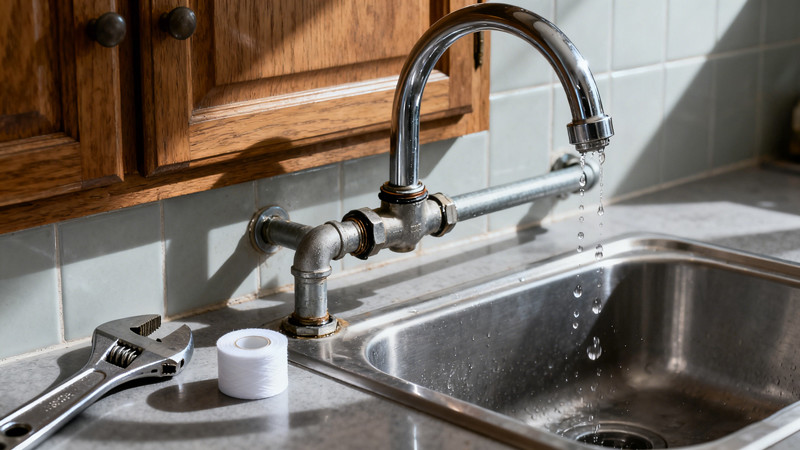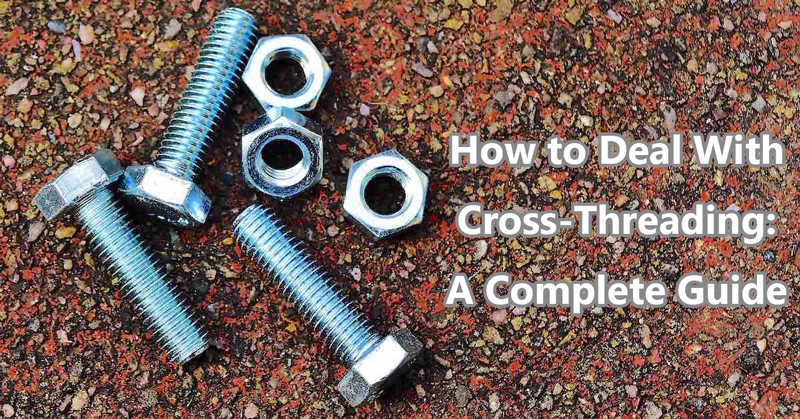
Cross-threading is one of the most common yet frustrating issues you can encounter when working with plumbing fixtures—especially when installing faucets or connecting water supply lines. This simple mistake can lead to leaks, damage, or even the need to replace parts entirely. Fortunately, cross-threading is avoidable with the right techniques, and in many cases, it’s also fixable.
In this guide, we’ll break down what cross-threading is, why it happens, how to avoid it, and how to fix it if it occurs.
What Is Cross-Threading?
Cross-threading happens when two threaded components (such as a faucet connector and water supply fitting) are forced together at the wrong angle. Rather than aligning perfectly and threading smoothly, the threads become misaligned and cut into each other, damaging the threads on both the male and female ends.
This issue creates an unstable, leaky, and often unusable connection. Once threads are damaged, sealing the joint properly becomes nearly impossible without repair or replacement.
Where Does Cross-Threading Commonly Occur?
In faucet installations, cross-threading usually occurs at:
- Supply line connections (to the faucet or shutoff valve)
- Threaded faucet handles or components with compression fittings
- Shower heads and hose connections
- Outdoor spigots and hose bibs
Essentially, any time two threaded pieces are joined by hand or wrench, there’s a chance of cross-threading.
What Causes Cross-Threading?
There are several common causes:
- Incorrect alignment – Trying to start threads at an angle.
- Over-tightening – Applying too much force too early in the process.
- Dirty or damaged threads – Debris, corrosion, or nicks make proper engagement difficult.
- Rushing the job – Not taking time to start threads carefully.
- Using the wrong parts – Mismatched thread types or sizes.
The key theme? Most cross-threading occurs when we rush or use the wrong method.
How to Avoid Cross-Threading
Preventing cross-threading is almost always easier than fixing it. Here are the best practices to avoid it altogether:
1. Start Threads by Hand
Always begin any threaded connection by hand. A properly aligned connection should screw in easily for several turns without any resistance. If you feel friction immediately, stop and back it out.
2. Feel for Proper Engagement
Before applying a wrench or pliers, check that the threads are fully seated and aligned. You should feel a smooth “bite” as they engage.
3. Use Thread Lubricant (If Applicable)
For metal-to-metal connections, a bit of plumber’s tape (Teflon tape) or pipe thread compound can help ease threading and reduce the risk of galling or seizing.
4. Avoid Over-Tightening
Cross-threading often happens when too much torque is applied, especially early in the connection. Tighten only after threads are fully engaged, and use hand strength until the final snugging pass with a tool.
5. Inspect Threads Before Use
If a connection feels off, remove it and inspect both ends. Worn or dirty threads are common culprits and should be cleaned or replaced before retrying.
How to Identify Cross-Threading
You may be dealing with cross-threading if:
- The fitting is hard to turn after the first or second rotation.
- It doesn’t tighten evenly.
- The threads appear stripped, flattened, or bent.
- The joint leaks even when fully tightened.
- You hear a grinding noise when turning the part.
If you suspect cross-threading, stop immediately—forcing the connection further will only make the damage worse.
How to Fix Cross-Threaded Connections
Step 1: Stop and Assess the Damage
If you suspect the threads are damaged, disconnect the parts and inspect both the male and female threads. If the damage is light, you may be able to fix it with a thread file or tap and die set.
Step 2: Clean the Threads
Use a wire brush to remove any dirt or debris. If the threads have slight burrs or flattening, you may be able to smooth them with a small file or thread chaser.
Step 3: Use a Thread Repair Tool
A tap and die set is your best friend here:
- Use a die to clean or reshape external (male) threads.
- Use a tap to reshape internal (female) threads.
Make sure you use the correct thread size and pitch. Apply light lubricant and work slowly to restore the threads.
Step 4: Test Fit Again
After cleaning and reshaping, try reconnecting the pieces by hand. If they thread smoothly without resistance, you’ve likely fixed the issue.
Step 5: Replace If Necessary
If the damage is too severe to repair or the fitting still won’t seal, it’s best to replace the affected part. For instance, if the faucet shank is damaged, replacing the faucet may be necessary.
Bonus Tips: Thread Match and Material Matters
- Know your thread types: Mixing NPT (National Pipe Thread) with BSP (British Standard Pipe) or compression fittings can lead to cross-threading.
- Be careful with soft metals: Brass and aluminum fittings are softer and more prone to damage—never force them.
- Plastic parts are even more fragile—always thread them gently by hand.
Final Thoughts
Cross-threading is a small mistake that can lead to big plumbing headaches. But with patience, proper technique, and a good eye for alignment, it’s almost entirely avoidable.
If you do find yourself dealing with damaged threads, don’t panic. With some thread repair tools and a little know-how, you can often restore the connection without having to replace expensive parts.
Whether you’re a seasoned DIYer or a homeowner tackling your first faucet install, understanding how to prevent and fix cross-threading is a valuable skill that’ll save you time, money, and frustration.
 WOWOW Faucets
WOWOW Faucets